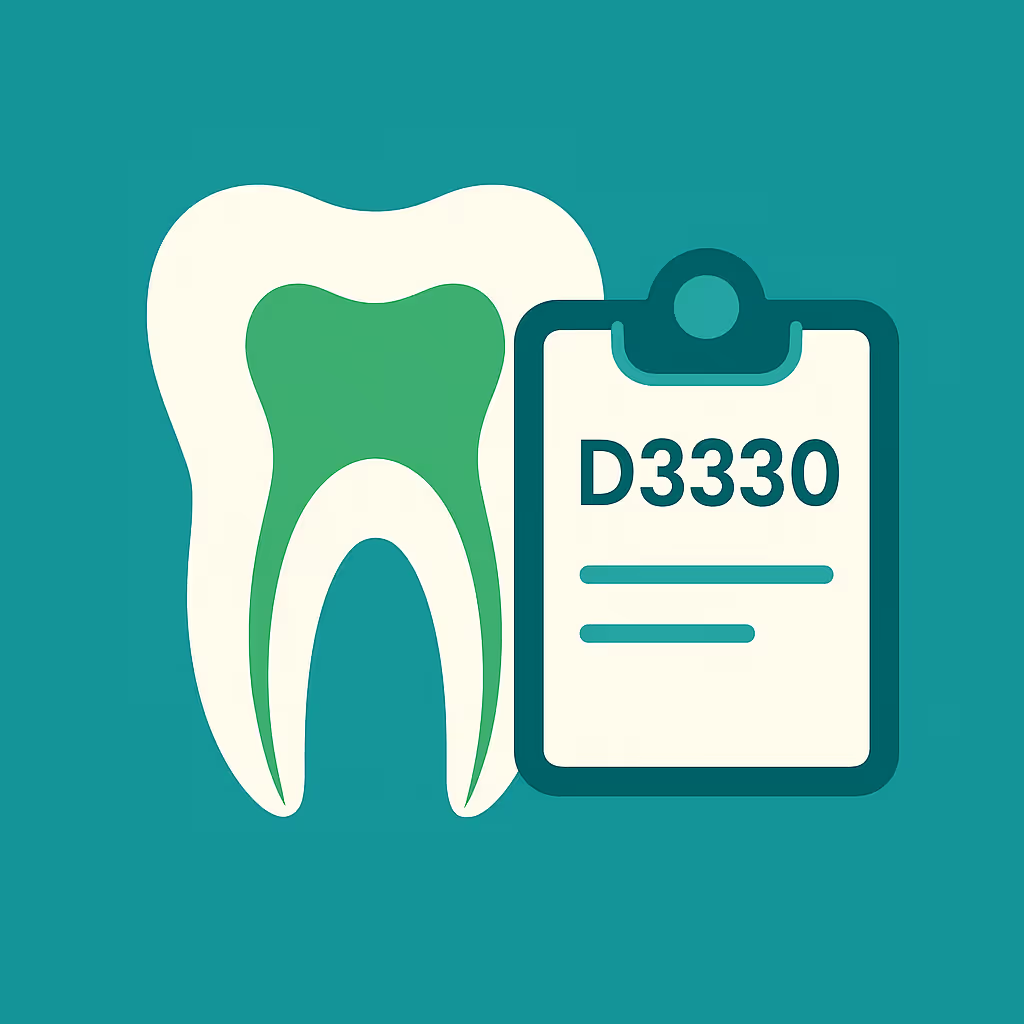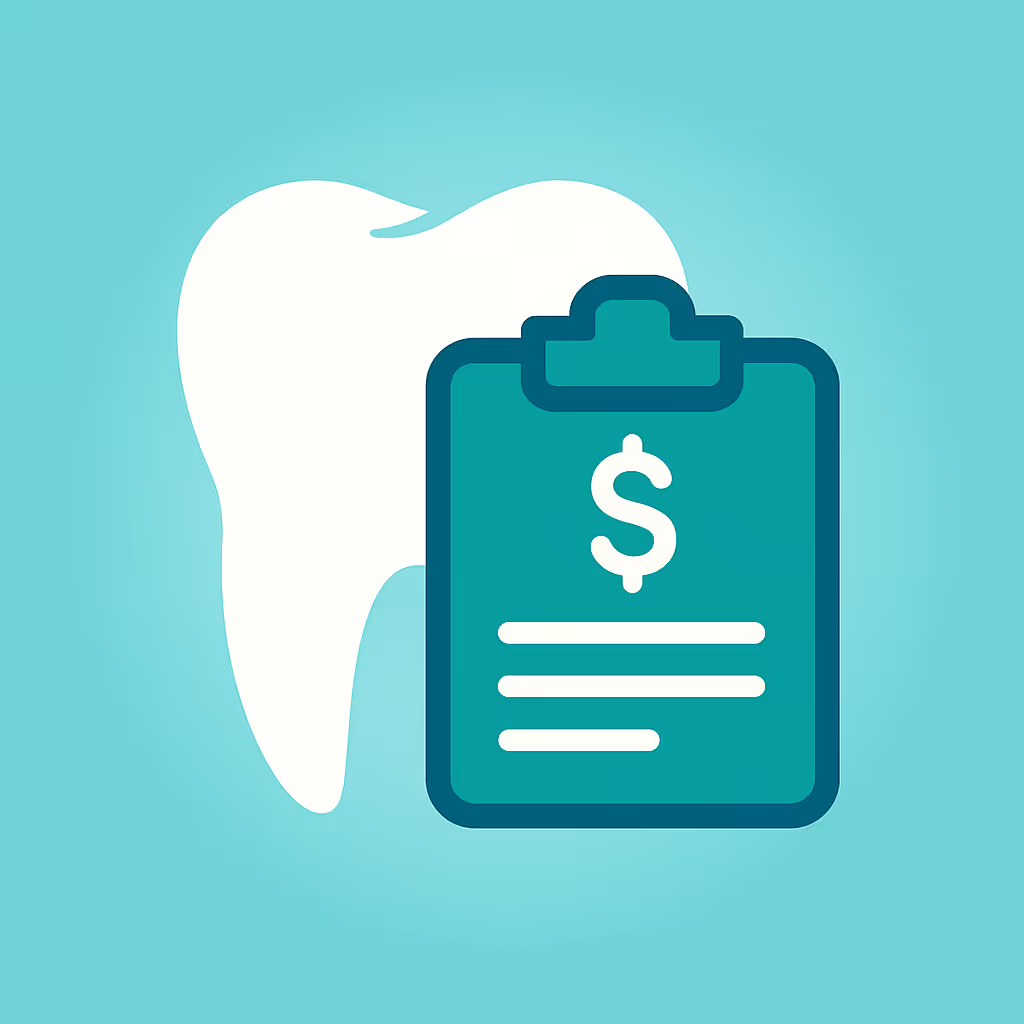Understanding Dental Code D7955
When to Use D7955 dental code
The D7955 dental code is designated for the repair of maxillofacial soft and/or hard tissue defects. This CDT code is most often used following trauma, tumor resection, or congenital anomalies that result in defects of the jaw, facial bones, or oral soft tissues. Dental teams should select D7955 when the procedure involves reconstructive efforts beyond routine extractions or minor repairs, such as grafting, flap procedures, or the use of alloplastic materials to restore form and function.
It’s important to distinguish D7955 from codes used for routine bone grafting or soft tissue repair associated with dental implants or extractions. For example, if the repair is solely for ridge preservation, consider referencing D7950 (ridge augmentation). Always review the clinical intent and extent of the defect to ensure D7955 is the most accurate code.
Documentation and Clinical Scenarios
Accurate documentation is essential for successful reimbursement when billing D7955. Ensure your clinical notes include:
- A detailed description of the defect (location, size, etiology)
- Pre- and post-operative photographs or radiographs
- The specific materials and techniques used for repair
- Medical necessity for the procedure (e.g., functional impairment, esthetic concerns, or health risks)
Common scenarios for D7955 include repairing defects after tumor removal, trauma (such as facial fractures), or correcting congenital conditions like cleft palate. In each case, thorough documentation supports the claim and reduces the risk of denials.
Insurance Billing Tips
Billing for D7955 can be complex due to medical-dental cross-coding and the need for prior authorization in many cases. Here are best practices:
- Verify benefits: Contact the patient’s dental and medical insurers to confirm coverage for maxillofacial repairs. Many payers require pre-authorization for D7955.
- Submit supporting documentation: Include clinical notes, diagnostic images, and a narrative explaining the necessity of the repair. Attach operative reports if available.
- Use correct modifiers: If the procedure is performed in conjunction with other services (e.g., bone grafting or implant placement), use appropriate CDT or medical code modifiers to clarify the claim.
- Appeal denials: If a claim is denied, review the Explanation of Benefits (EOB) for the reason and submit a detailed appeal with additional documentation as needed.
Proactive communication with payers and meticulous record-keeping are key to minimizing Accounts Receivable (AR) delays and ensuring timely reimbursement.
Example Case for D7955
Case Study: A 45-year-old patient presents with a maxillary defect following the surgical removal of a benign tumor. The oral surgeon documents the size and location of the defect, captures pre- and post-op images, and performs a repair using a combination of autogenous bone graft and resorbable membrane. The dental billing team submits a claim using D7955, includes the operative report, radiographs, and a narrative describing the functional and esthetic necessity of the repair. After verifying benefits and obtaining pre-authorization, the claim is approved, and payment is received without delay.
This example highlights the importance of comprehensive documentation, correct code selection, and proactive insurance communication when billing for complex maxillofacial repairs.





